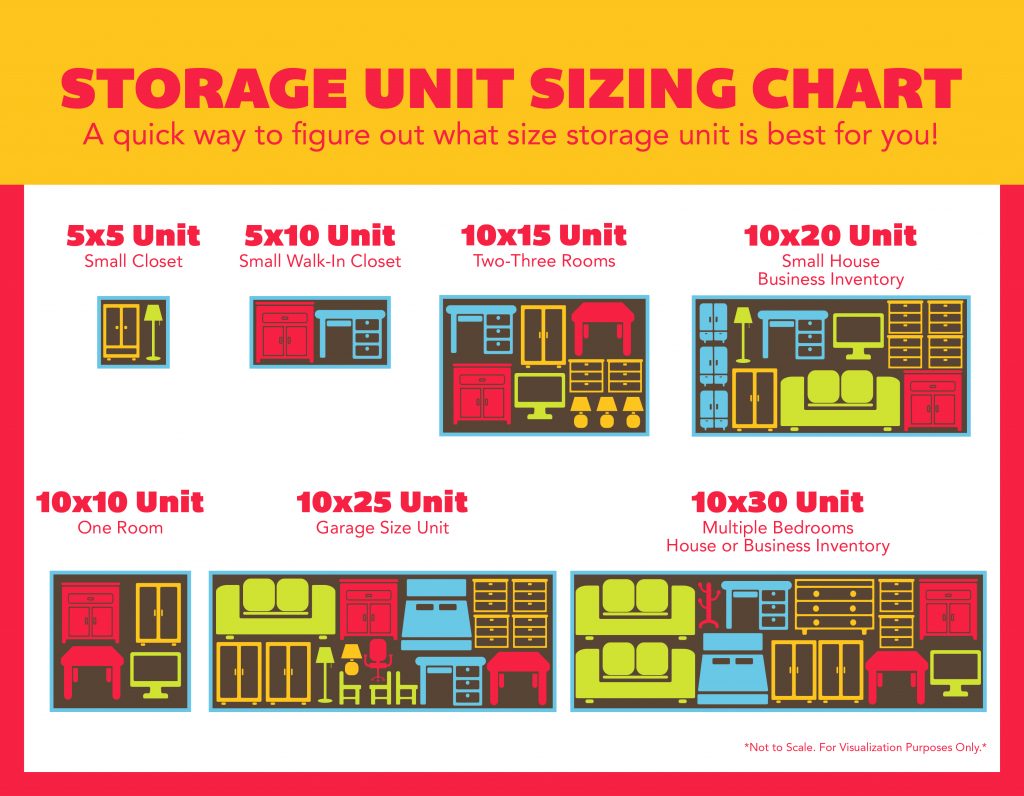Turning Mess to Profit: Exploring the Property Opportunities of Self-Storage Facilities

Within today's fast-paced world, the accumulation of belongings frequently leads to clutter instead of ease. Numerous people and families find themselves in a position requiring additional space to keep their items, creating a rising demand for storage facilities. This need offers a unique opportunity for astute investors looking to capitalize on the real estate market. With their relatively low overhead costs and lower management needs relative to traditional leasing properties, storage units provide an easy entry point for those considering real estate investment.
Putting money in storage units does not just provides a answer for individuals seeking to declutter their homes but also taps into a lucrative business model. As urban areas continue to grow and living spaces become more compact, the need for extra storage solutions becomes even more important. This trend underscores the possibility for significant returns on investment in the storage unit industry, which makes it an attractive option for those looking to broaden their real estate portfolios.
Comprehending Storage Unit Investment
Putting money into storage facilities has seen notable popularity with real estate investors, primarily because of their ability for consistent income and comparatively reduced overhead. In contrast to traditional rental units, self-storage facilities avoid the challenges of dealing with tenants on a consistent schedule. This permits stakeholders to focus on enhancing their ROI without the added stress of repairs or churn.
The need for self-storage solutions is increasing as consumers and businesses look for more space for their items. Factors such as city growth, smaller living, and the expansion of e-commerce contribute to a steady need for storage solutions. This pattern offers a profitable opportunity for individuals, as strategically placed self-storage centers can maintain high occupancy rates. The relatively affordable startup cost in relation to different property investments also positions it an enticing option for emerging investors looking to broaden their portfolios.
Furthermore, storage units can be a resilient venture in economic downturns. When family incomes tighten, consumers may reduce their living spaces and turn to self-storage to store their possessions. This consistency in interest, alongside the capacity to modify rental rates readily, permits owners to preserve economic success through difficult economic conditions. Understanding these dynamics is crucial for individuals looking into entering the storage facility market.

Market Trends and Opportunities
The storage industry has seen significant expansion in the last decade, driven by a range of elements such as urban growth, a growing volume of households, and evolving consumer behaviors. With more people moving to cities and living in smaller spaces, the demand for additional storage is rising. Investors can take advantage of this trend by acquiring or establishing storage facilities in in-demand areas, appealing to individuals and businesses looking for convenient storage solutions.
Additionally, the self-storage market has experienced a shift towards technology integration, improving the customer experience and operational efficiency. storage units airway heights offer digital reservations, contactless access, and advanced security measures, drawing in tech-savvy consumers. Investors who adopt technology can enhance their properties' value and thereby access a growing segment of the market. This move towards modernization presents possibilities for new developments that align with consumer expectations.
Furthermore, there is potential in discovering niche markets within the storage industry. From temperature-regulated units for sensitive items to specialized storage for leisure vehicles or business inventory, targeting specific needs can create profitable investment opportunities. By analyzing local demographics and consumer trends, investors can expand their portfolios and enhance revenue streams in a challenging market. Investigating these avenues can lead to significant returns in the changing world of storage units.
Maximizing Profits on Storage Units
To enhance returns on self-storage facilities, it is crucial to focus on location and accessibility. Acquiring self-storage units located close to housing developments, city centers, or college campuses often results in increased demand. These locations ensure that the units are convenient for potential renters, making it easier to maintain a consistent occupancy rate. In furthermore, facilities that are easily accessible along main highways or transit options can draw in a broader customer base, increasing the likelihood for higher rental income.
Effective marketing strategies also play a significant role in increasing profitability. Creating a robust online presence by having a well-designed website and active social media engagement can help draw renters. Highlighting amenities such as temperature regulation, safety features, and adaptable leasing options can distinguish a storage facility from the competition. Providing promotions, such as discounts for long-term rentals or incentives for referrals, can additionally drive traffic and increase occupancy rates.
In conclusion, operational management must not be overlooked. Implementing efficient management practices, such as routine upkeep, customer service excellence, and optimizing pricing strategies, can help boost profits. Keep an eye on market trends and competitor pricing to adjust rates accordingly, making sure that the storage units stay competitively priced without sacrificing profit margins. By focusing on these key areas, investors can greatly improve the profits on their storage unit investments.
